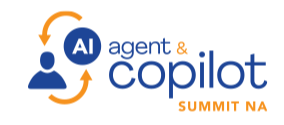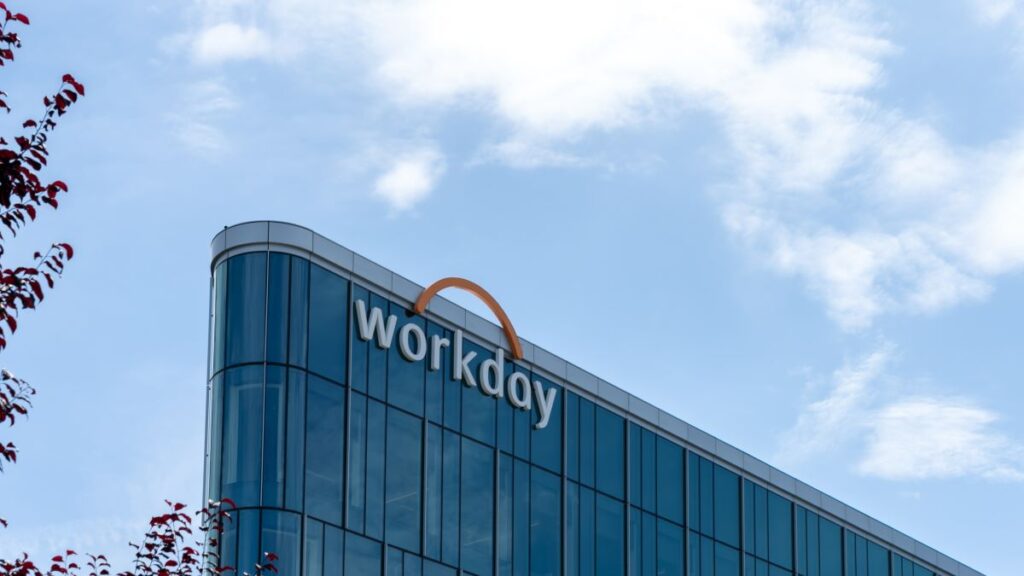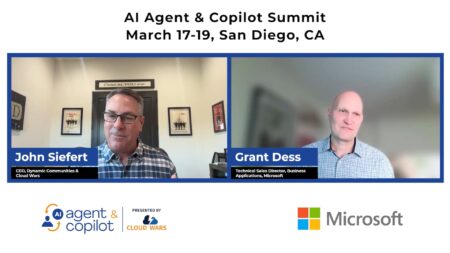
As someone who prizes big ambitions in our fast-changing world, I certainly take my hat off to Workday for its far-reaching vision to help businesses not just manage but also optimize the ways that humans and AI agents work together and the outcomes that human-digital workforces deliver.
In fact, I’d say this is the biggest and boldest bet Workday has made in its 20-year history, which has definitely featured its fair share of bold gambits and adventures as the company has thrived despite being surrounded by much larger competitors.
Here are the stakes Workday has established for what it calls “a new era of Workforce Management” encompassing not just people but also “digital workers” in the form of AI agents:
“But digital workers are now joining human workers as one combined workforce, and we need a unified platform to manage them as one. This is a fundamental shift, and companies that don’t embrace managing this complexity will fall behind.”
That excerpt’s from a recent blog post authored by Workday chief product officer David Somers as part of the company’s launch of its Workday Agent System of Record solution. In looking to bridge the divide between humans and AI in the workplace, Workday joins a growing number of Cloud Wars Top 10 companies looking to help businesses not just roll out hundreds of agents but also manage them gracefully and securely while also harmonizing the outputs of those “digital workers” with those of us in the carbon-based camp.
At this relatively early stage in the Agent Revolution, Workday’s primary competitor for being the uber-manager of agents is ServiceNow, which wants to be the “AI agent control tower.” Microsoft is also keen to be seen as the central control point for its own as well as non-Microsoft agents, and I expect Google Cloud will make some ambitious announcements in that direction at its big Next event next week.

AI Agent & Copilot Summit is an AI-first event to define opportunities, impact, and outcomes with Microsoft Copilot and agents. Building on its 2025 success, the 2026 event takes place March 17-19 in San Diego. Get more details.
And among the other applications vendors, Salesforce has said its wide-ranging Agentforce portfolio will be completely open in working with and overseeing other agents, while both Oracle and SAP will no doubt want to bolster their new positions as vendors of agent-infused applications by offering broad management capabilities.
So while Workday’s clearly got its work cut out for it, the company hopes that it can parlay its long history of success in helping businesses manage their people into parallel success in helping them manage their digital-worker agents.
From Somers’ blog post, here are some key points about the Workday approach:
- ‘Building future where humans and AI work seamlessly’: “As AI takes on bigger roles, management of these digital workers will be essential for organizations to reach their full potential. It’s all about building a future where humans and AI work together seamlessly to drive success…. Agent System of Record provides a centralized system for managing an organization’s entire fleet of AI agents—Workday agents and third-party agents—all in one place.”
- Single point of comprehensive control: “Customers can onboard new agents, define their roles and responsibilities, turn them on or off, track their impact, manage their costs, ensure compliance, and drive continuous improvement.”
- “Cost optimization: Tracking and managing the expenses related to developing, deploying, and maintaining AI agents.”
- “Security and compliance: Addressing the risks that come with AI, like data privacy, bias, and access control.”
- “Performance management: Making sure AI agents are meeting their goals and contributing to business success.”
Final Thoughts
I must admit that when I first heard Workday’s claim that its history in helping large organizations manage their people meant that it will clearly be the obvious choice for helping them manage “digital workers” as well, I was puzzled. I initially wondered if Workday was equating humans with agents — we can manage the silicon thingies just the way we manage the carbon ones.
But as I’ve come to understand the Workday position more clearly, I now understand that Workday’s value proposition is that it understands the workings of large, complex, and multifaceted organizations and the role people play in the — and that, in parallel, it can also architect a system that helps customers track and manage and help improve the performance of agents as well.
And while Workday has got a head start in this vital area, it will surely face enormous competition from the Cloud Wars Top 10 companies mentioned above, which will ensure that, as is always the case in the Cloud Wars, the biggest winners will be the customers.









